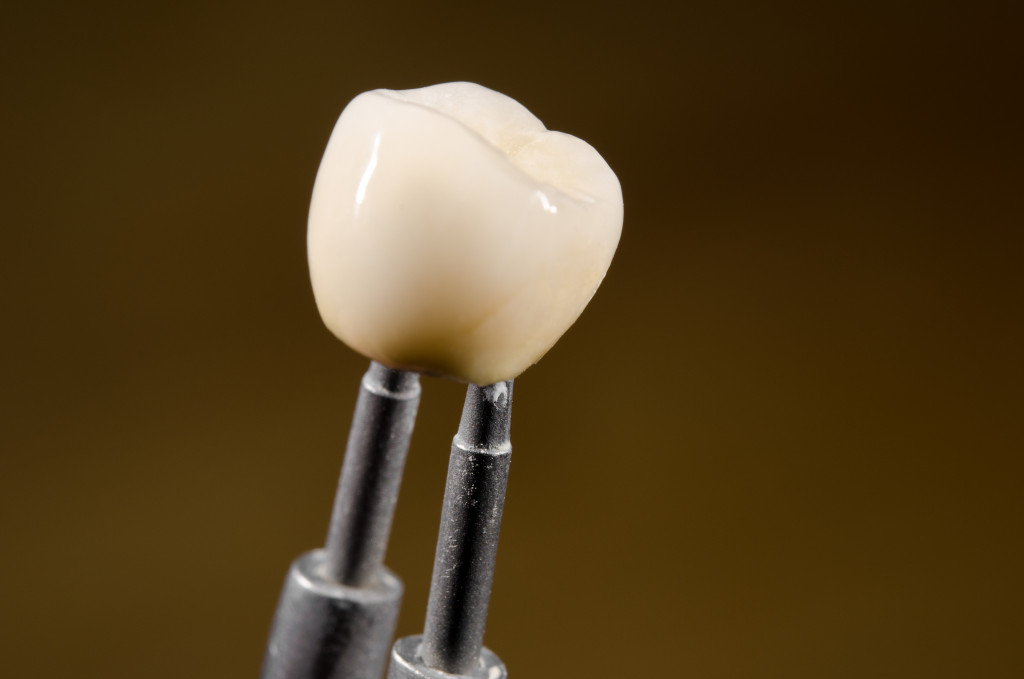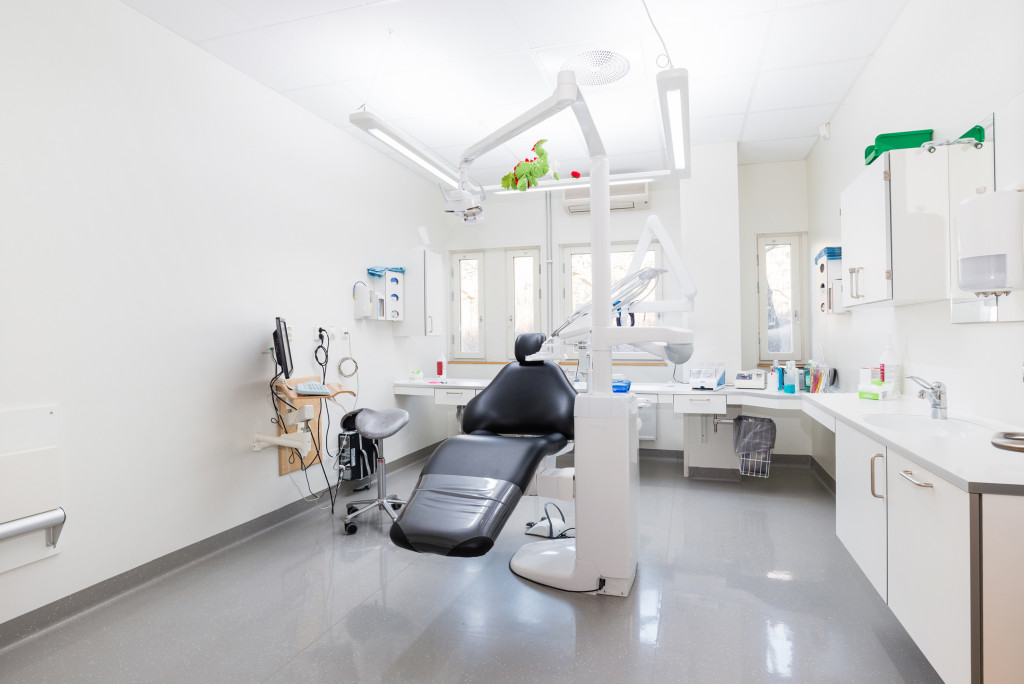The dental industry is constantly evolving and growing. Currently, the industry is worth $109 billion. This growth comes with new technologies and treatments being developed all the time. Therefore, dentists and other industry professionals must constantly learn and keep up to date with the latest advances.
Here are four technologies that are making dentistry more efficient:
3D Printers
3D printers are becoming more and more important in the dental industry. They allow for faster, more accurate, and more efficient production of dental products. This means that dentists can now access a wider variety of dental products and treatments, which can help them provide better care for their patients.
As stated earlier, technology is making specific processes in dentistry. For example, one of orthodontists’ most essential works is creating high-quality replacement teeth. Before, this used to be a tedious job where many plaster models had to be made, pictures taken from different angles, and then sent to a dental laboratory. The process was not only time-consuming, but it was also expensive. Dentists only need to take a 3D scan of the patient’s mouth and send it to the printer. The entire process is now more efficient and less time-
The use of 3D printers is also helping to reduce the cost of dental care. It’s because 3D printers allow the production of custom-made dental products, which are often more expensive when bought from a supplier. By producing these products themselves, dentists can save money while still providing high-quality care to their patients.
Overall, 3D printers are making a significant impact on the dental industry. They are helping to improve efficiency and accuracy while also reducing costs. This makes them an essential tool for any dentist looking to stay ahead of the curve.

Digital Dentistry
Digital dentistry is another area where technology is making a significant impact. This term covers a wide range of technologies that are being used to improve the way that dentists work. These technologies include 3D imaging, CAD/CAM, and dental implants.
Digital dentistry is crucial because it allows for more accurate diagnosis and treatment of dental problems. It also helps speed up the treatment process, which can be very beneficial for patients.
One of the most critical aspects of digital dentistry is 3D imaging. This technology allows dentists to get a clear view of the inside of a patient’s mouth. As a result, it helps them to diagnose problems more accurately and plan treatments more effectively.
3D imaging is also being used to plan dental implants. It allows dentists to see where the implant needs to be placed to get the best results. This helps improve dental implants’ success rate and ensure they are comfortable for the patient.
CAD/CAM technology is also being used more and more in dentistry. This technology allows the creation of custom-made dental products, such as crowns, bridges, and veneers. This means that dentists can now provide their patients with products that are perfect for their individual needs.
This technology is also being used to create dental prosthetics. As a result, dentists can now create false teeth that look and feel just like natural teeth. This is a significant improvement over traditional dentures, which can be uncomfortable and look fake.
Digital dentistry is changing the way that dentists work. It is helping them to provide better care for their patients and stay ahead of the competition.
Intraoral Cameras
An intraoral camera is a small camera used to take pictures of the inside of a patient’s mouth. This helps dentists to diagnose problems more accurately and plan treatments more effectively.
It can be challenging for dentists to get a clear view of the inside of a patient’s mouth. This is because the mouth is a small space, and often, many things are in the way, such as teeth and tongue. An intraoral camera helps to overcome this problem by providing a clear view of the inside of the mouth.
This type of camera is becoming increasingly popular in dentistry. This is because it is a very effective tool for diagnosing and treating dental problems. It is also much less invasive than other methods, such as X-rays.
Dental lasers
Lasers are being used more and more in dentistry. It’s because they offer several advantages over traditional methods. Lasers are very precise and can be used to target specific areas. This means that treatments can be more effective, and there is less risk of damage to surrounding tissues.
Lasers can also be used for a wide range of dental treatments. For example, dentists can use them for teeth whitening, cavity detection, and the removal of tooth decay.
Dental lasers are changing the way that dentists work. They are helping to improve the accuracy and effectiveness of treatments while also reducing the risk of damage to surrounding tissues.
It’s an important development in dentistry, as it helps to improve the quality of care patients receive.
Technology is changing the way that dentists work. It is helping them to provide better care for their patients and stay ahead of the competition. All of these technologies are making a significant impact on the dental industry and are helping to improve the quality of care that patients receive.

